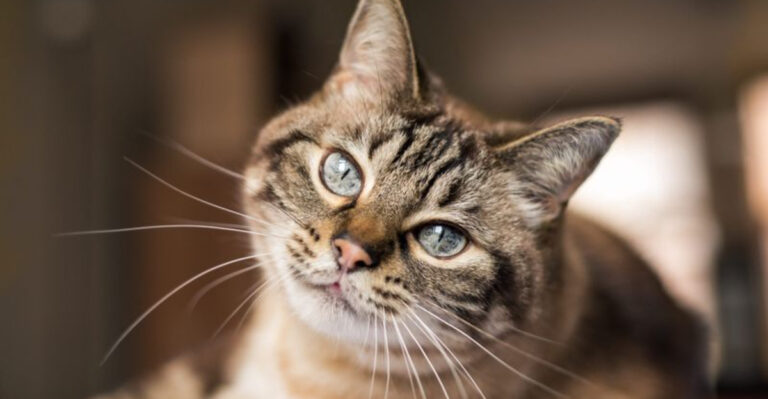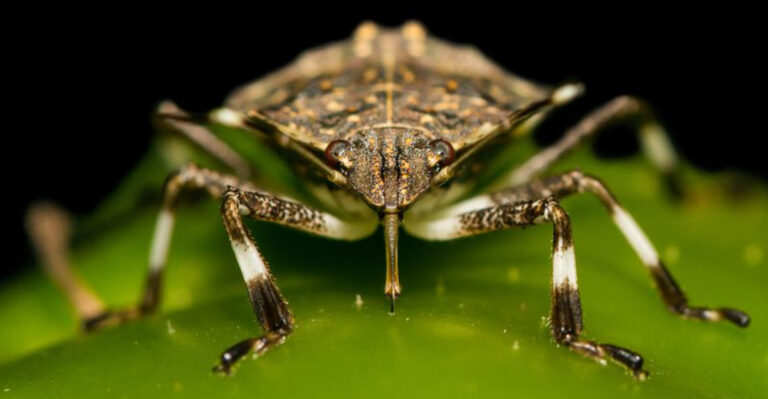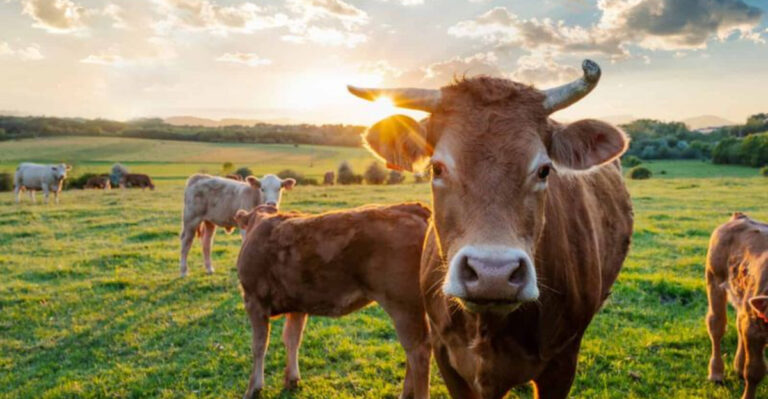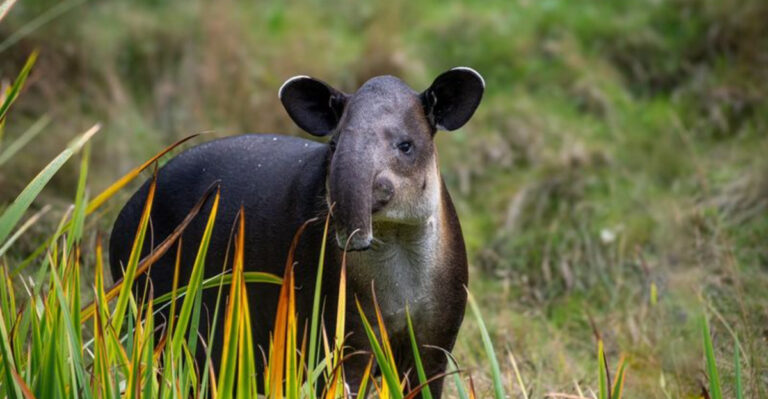These Are The 12 Most Dangerous Insects In The U.S.
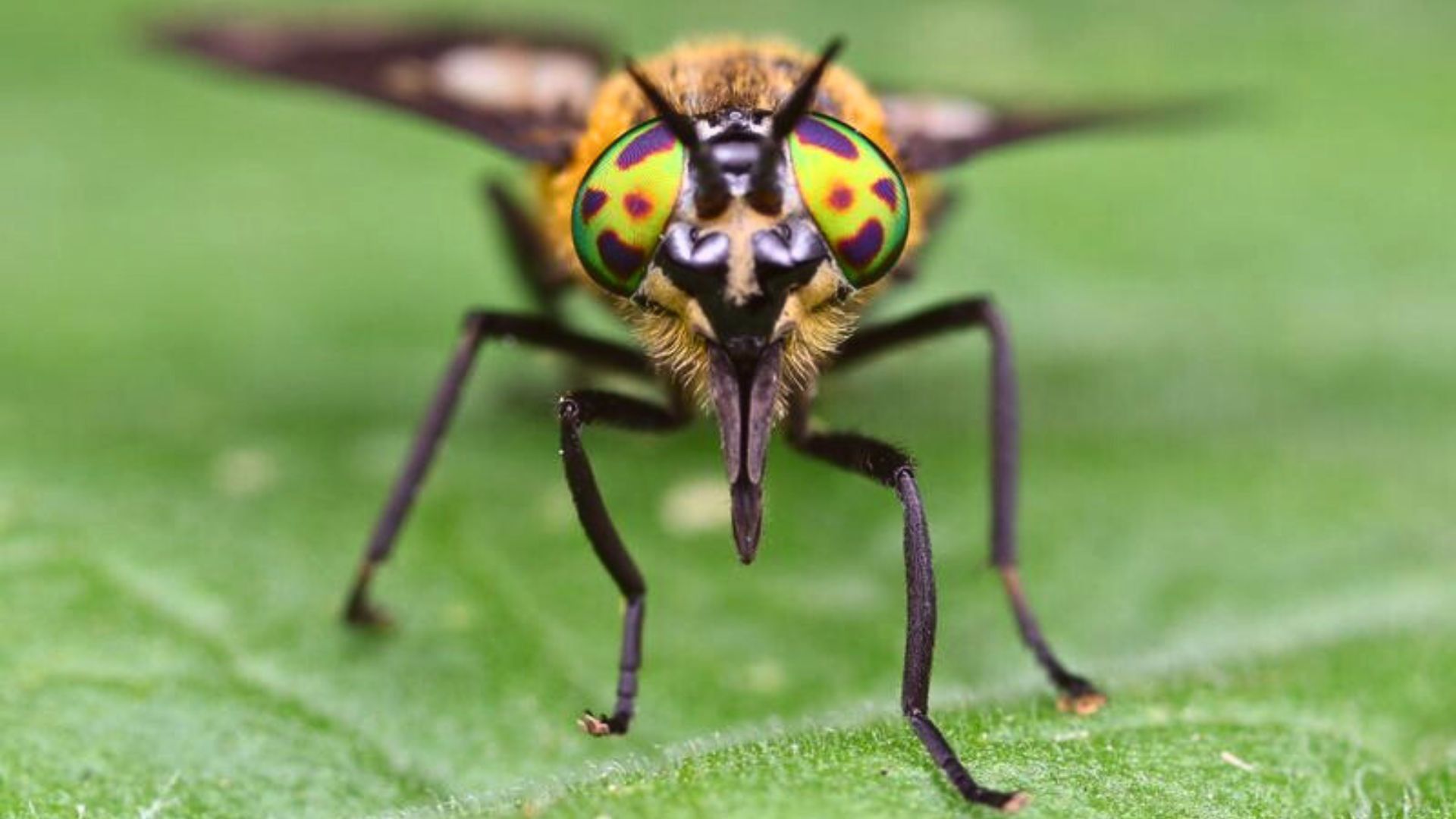
The United States is home to a variety of insects, some of which can be particularly dangerous to humans. From venomous bites to the spread of diseases, these insects pose significant threats that are important to understand.
In this article, we explore the 12 most dangerous insects found across the U.S., providing insights into their behaviors, habitats, and the risks they present.
1. Mosquitoes
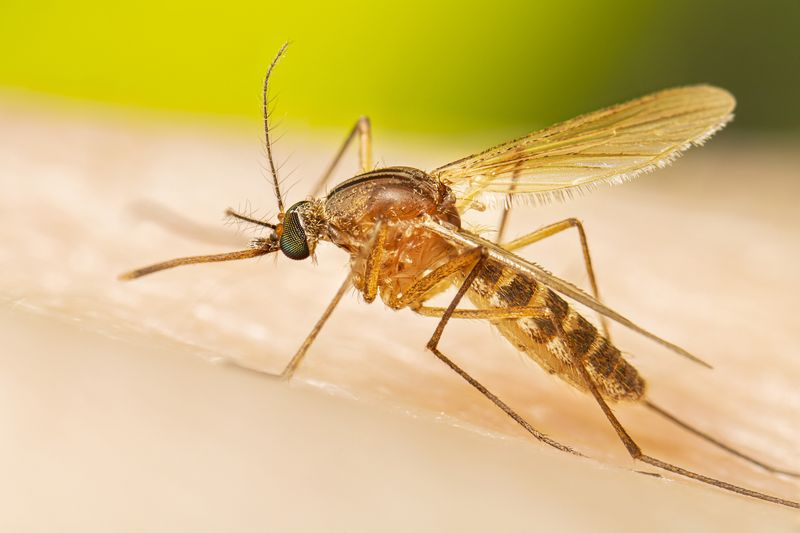
Mosquitoes are notorious not just for their itchy bites but for their role as carriers of serious diseases. In the U.S., these pests are responsible for spreading West Nile Virus, Zika Virus, and various forms of encephalitis.
Their presence is particularly significant in warmer states, where the climate provides ideal breeding conditions year-round. Communities often engage in mosquito control programs, aiming to reduce their populations, but staying informed and prepared is your best defense.
To protect yourself, it’s crucial to use insect repellent and wear long sleeves and pants during peak mosquito hours, usually at dawn and dusk. Mosquitoes have an uncanny ability to ruin outdoor activities, making preventive measures essential.
2. Ticks
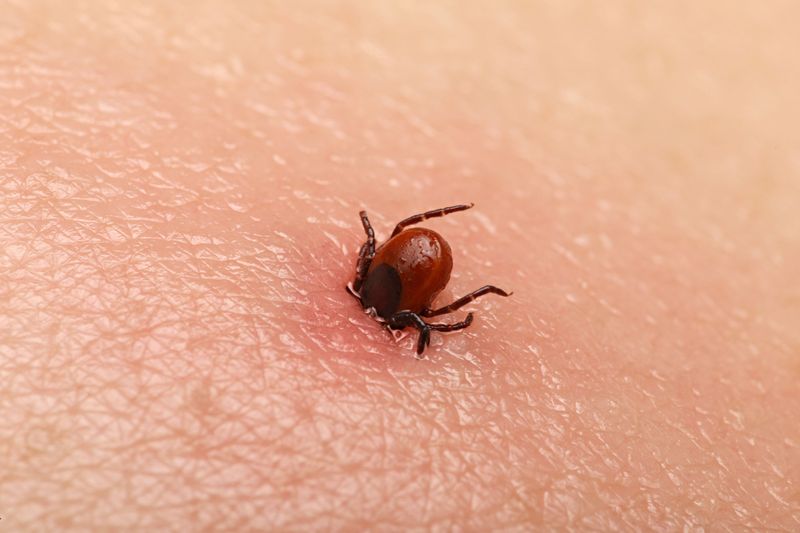
Ticks might be small, but their impact is huge. These parasites are infamous for transmitting Lyme disease and Rocky Mountain spotted fever. They are commonly found in wooded and grassy areas, often waiting for unsuspecting hosts to pass by.
These insects are particularly prevalent in the Northeast and upper Midwest of the U.S., where Lyme disease is most common. Their ability to latch on unnoticeably makes them a hidden threat that requires vigilance and proactive measures to mitigate risk.
Protecting against ticks involves wearing protective clothing and using tick repellents, especially when hiking or camping. After outdoor activities, it’s wise to check for ticks on both people and pets, as early removal can prevent disease transmission.
3. Brown Recluse Spider
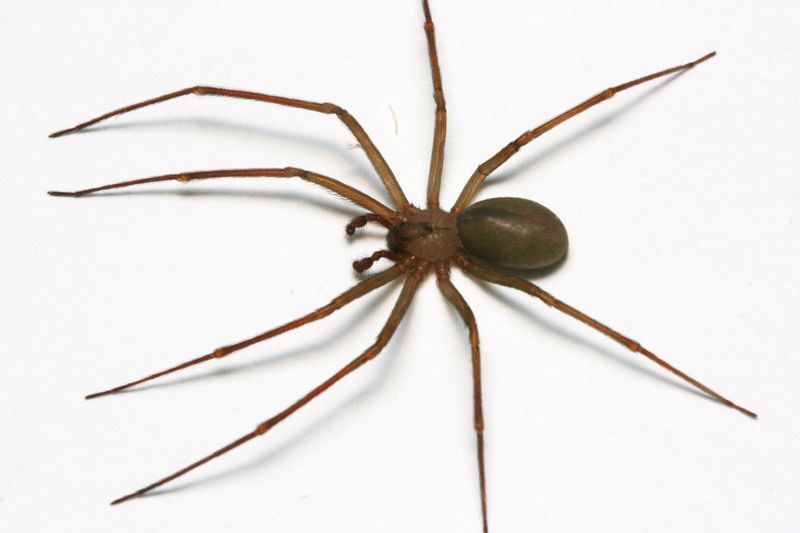
The brown recluse spider is more menacing than it looks. Known for its venomous bite, this spider is often found in dark, undisturbed areas like closets and basements. Its bite can lead to severe skin necrosis in some cases, necessitating medical attention.
These spiders are primarily located in the central and southern United States. Keeping living spaces uncluttered and using caution when moving items stored for long periods can help prevent unwanted encounters with these elusive creatures.
Identifying the brown recluse is crucial; it has a distinctive violin-shaped marking on its back. If bitten, seeking medical help promptly is essential, as the venom can cause severe reactions in some individuals.
4. Black Widow Spider
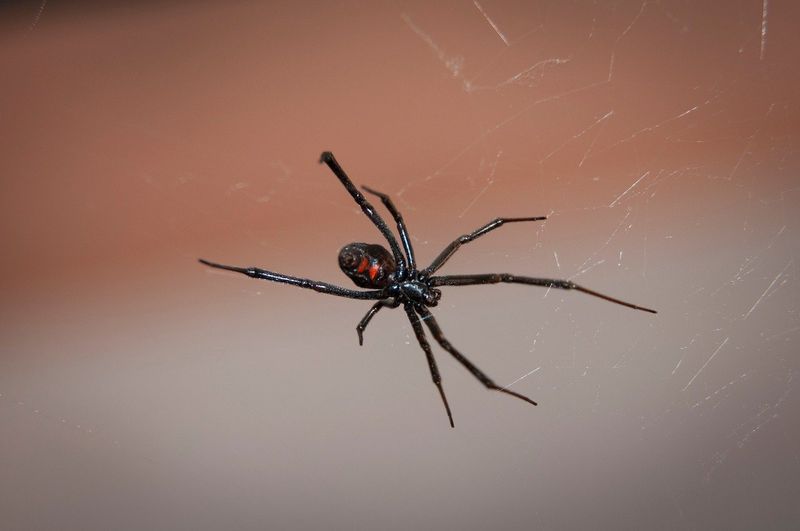
The black widow spider is infamous for its potent venom and distinctive appearance. Found across North America, these spiders favor dark, secluded areas such as garages and woodpiles. Their bite, though rarely fatal, can cause severe pain and muscle cramps.
Black widows are more commonly encountered in the southern and western U.S. Homeowners can reduce risks by keeping areas tidy and wearing gloves when handling firewood or debris. Awareness and precaution can go a long way in avoiding an unpleasant encounter with this notorious arachnid.
Recognizing a black widow is straightforward; the females are shiny black with a red hourglass marking. While bites are rare, caution is advised when reaching into potential spider habitats.
5. Fire Ants
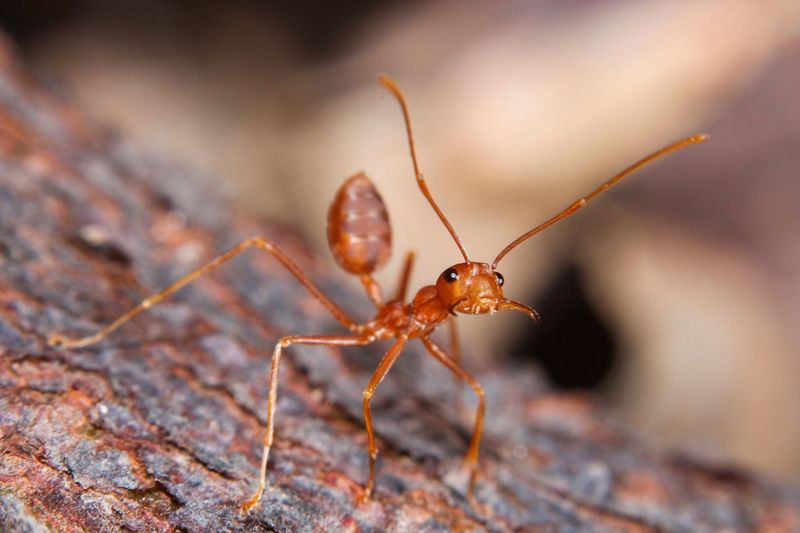
Fire ants are aggressive, especially when their nests are disturbed. These small reddish-brown ants are found in the southern United States and are notorious for their painful stings, which cause burning and itching sensations.
Fire ants build large, conspicuous mounds and can quickly swarm when threatened. Their stings can lead to allergic reactions in some individuals, requiring medical attention in severe cases.
Controlling fire ant populations involves using bait or insecticides, particularly in areas where children and pets play. Being vigilant about where you step and carefully managing outdoor activities can significantly reduce the risk of encounters with these fiery insects.
6. Killer Bees (Africanized Honey Bees)
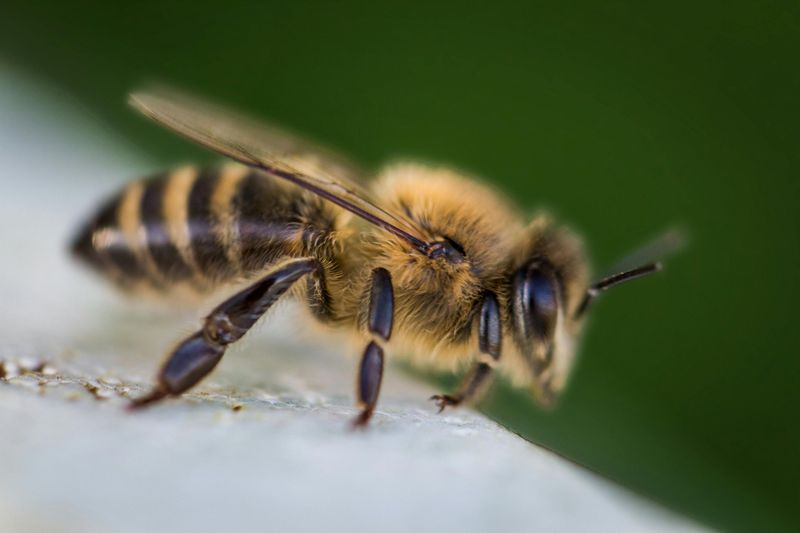
Killer bees, or Africanized honey bees, earned their name due to their aggressive behavior and tendency to swarm. Found in the southern U.S., these bees are more likely to attack in large numbers, making them significantly more dangerous than their European counterparts.
When disturbed, they can chase a perceived threat for significant distances, delivering multiple painful stings. If you encounter a swarm, it’s critical to run in a straight line and seek shelter indoors.
Awareness of their presence and avoiding areas near hives can prevent dangerous encounters. These bees are particularly active during warmer months, and professional pest control should be employed if a hive is discovered near homes or public areas.
7. Yellowjackets
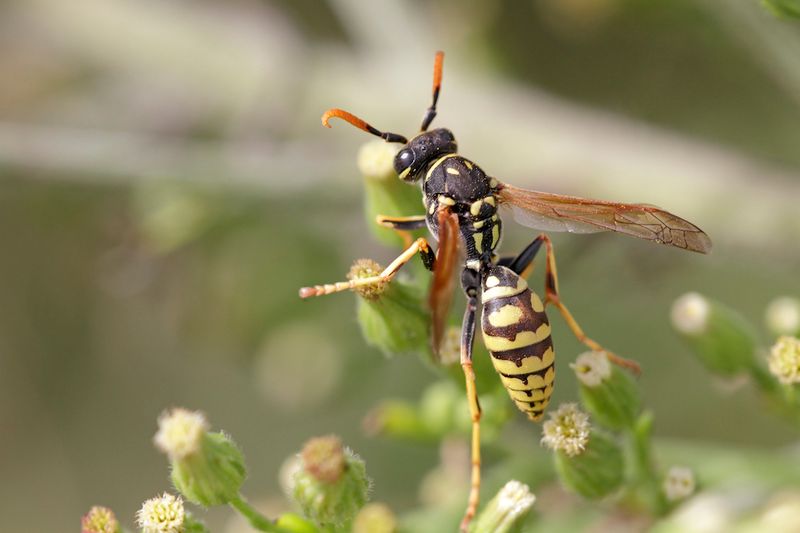
Yellowjackets are social wasps that are often encountered at outdoor events. They are attracted to sugary foods and can become aggressive if threatened. Their sting is painful and can cause allergic reactions in sensitive individuals.
Most active in late summer and early fall, yellowjackets build nests underground or in cavities. Identifying and treating nests early can help control their populations. Precautionary measures should be taken when spending time outdoors to avoid these uninvited guests.
To minimize encounters, keep food and drinks covered and dispose of trash promptly. If a yellowjacket does approach, avoid swatting, as this can provoke them.
8. Hornets
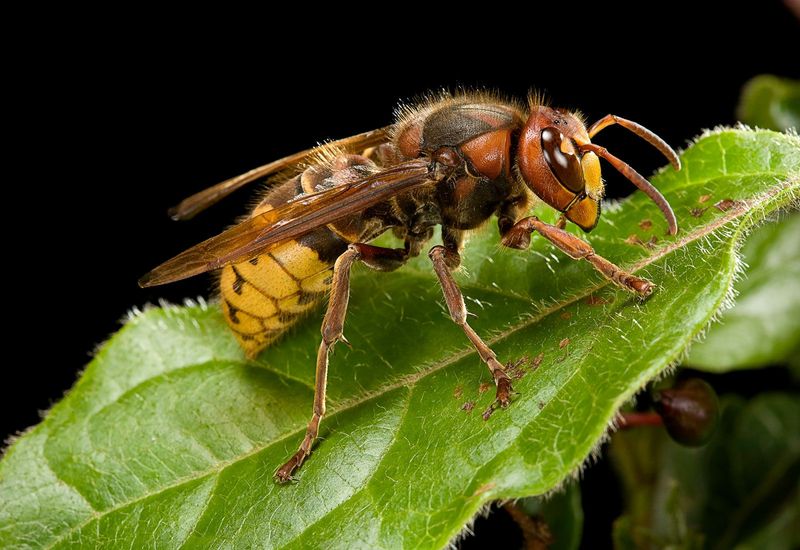
Hornets are larger relatives of yellowjackets and can be equally aggressive when provoked. Their nests are often found in trees or shrubs, and their stings can be painful and sometimes cause allergic reactions.
Hornets play a role in controlling pest populations but can become a problem if their nest is too close to human activity. It’s essential to respect their space and avoid disturbing their nests.
During late summer and fall, hornets become more aggressive in defending their nests. Professional removal is recommended if a nest is found near a home or high-traffic area. Careful observation and distance can help prevent unpleasant interactions with these formidable insects.
9. Chiggers
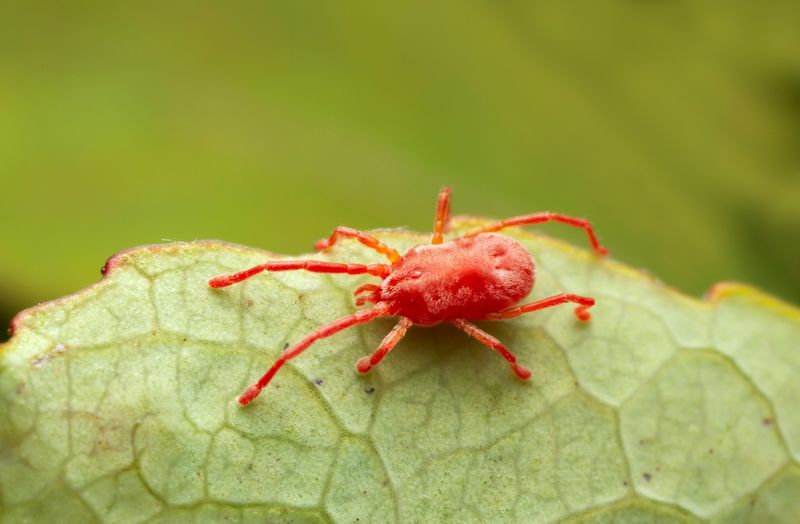
Chiggers are tiny mites that thrive in grassy or wooded areas, often latching onto humans and animals. They are notorious for causing intense itching and red welts, usually around the ankles, waist, or other areas where clothing fits tightly.
Chiggers are most active during the warmer months in the Southeast and Midwest U.S. While not dangerous, the discomfort they cause can be severe. Understanding their habitats and protective measures can help enjoy outdoor activities without the itch.
Preventing chigger bites involves wearing long clothing and applying insect repellent to exposed skin. After spending time outdoors, a hot shower can help remove any lingering chiggers before they bite.
10. Fleas
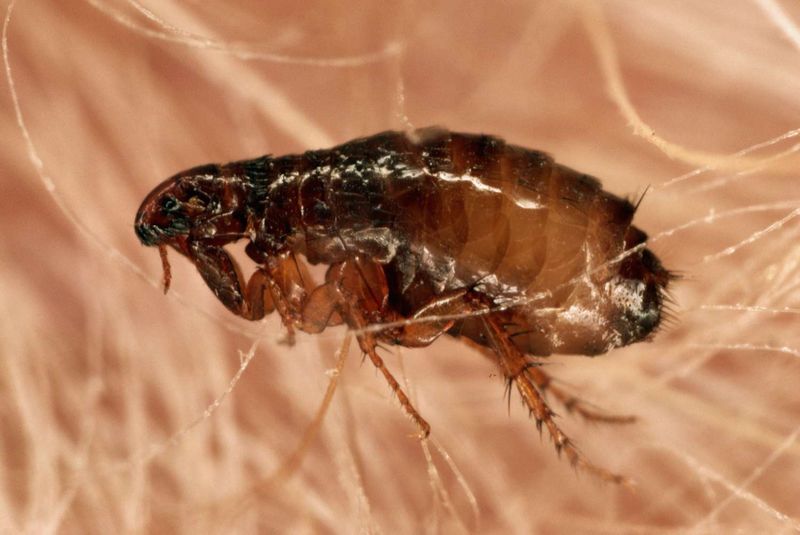
Fleas are not just a nuisance for pets but for humans as well. These small, wingless insects are known for their incredible jumping ability and their role as carriers of diseases like the bubonic plague in history.
In the U.S., fleas are primarily a concern for pet owners, as they can infest homes and cause severe itching and discomfort. Regular grooming and flea control products for pets are essential to prevent infestations.
Fleas thrive in warm and humid environments, making them more prevalent in the southern states. Vigilance in cleaning and monitoring pets can help keep these pests at bay, ensuring a comfortable living environment for everyone.
11. Assassin Bugs
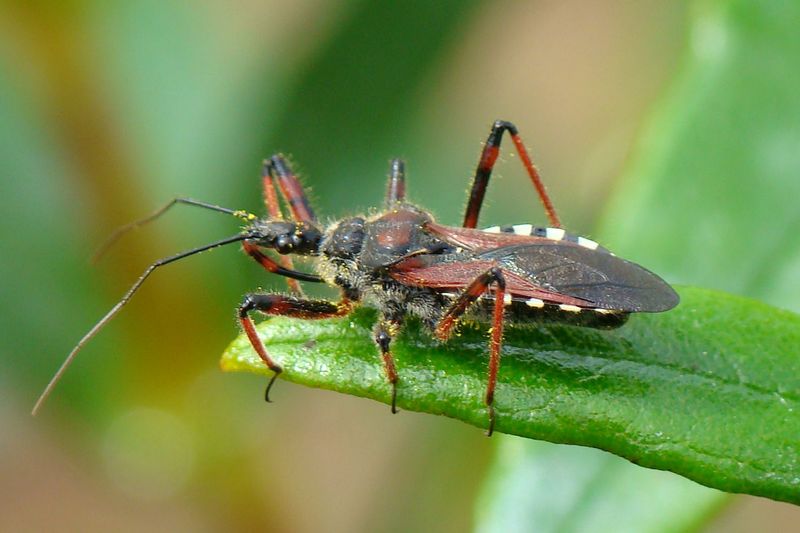
Assassin bugs, particularly the triatomine species, are known for spreading Chagas disease. Found primarily in the southern U.S., these bugs often inhabit cracks in walls and roofs, coming out at night to feed.
They are called “kissing bugs” because they tend to bite around the lips and face. Preventing infestations involves sealing entry points in homes and using screens on windows and doors.
While not all assassin bugs carry Chagas disease, it’s crucial to be aware of their presence and the potential health risks. Professional pest control may be necessary in areas where these bugs are common, emphasizing the importance of early detection and prevention.
12. Deer Flies
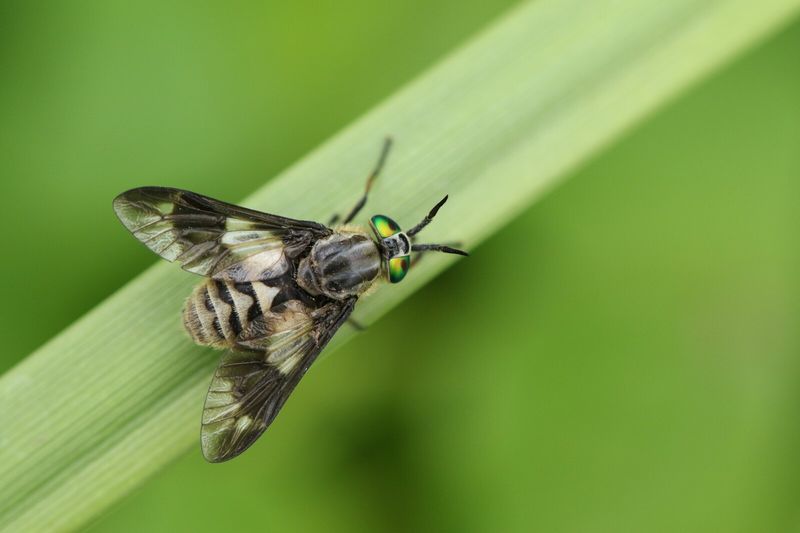
Deer flies are notorious for their painful bites and persistence in chasing their targets. Found in wooded and wetland areas across the U.S., these flies are most active during the day in the warmer months.
Their bites can cause allergic reactions in some people, leading to swelling and itching. Wearing light-colored clothing and using insect repellent can help reduce the chances of being bitten.
Deer flies are attracted to movement and dark colors, making them a nuisance for hikers and outdoor enthusiasts. Understanding their behavior and taking preventive measures can enhance outdoor experiences by minimizing interactions with these pesky insects.


